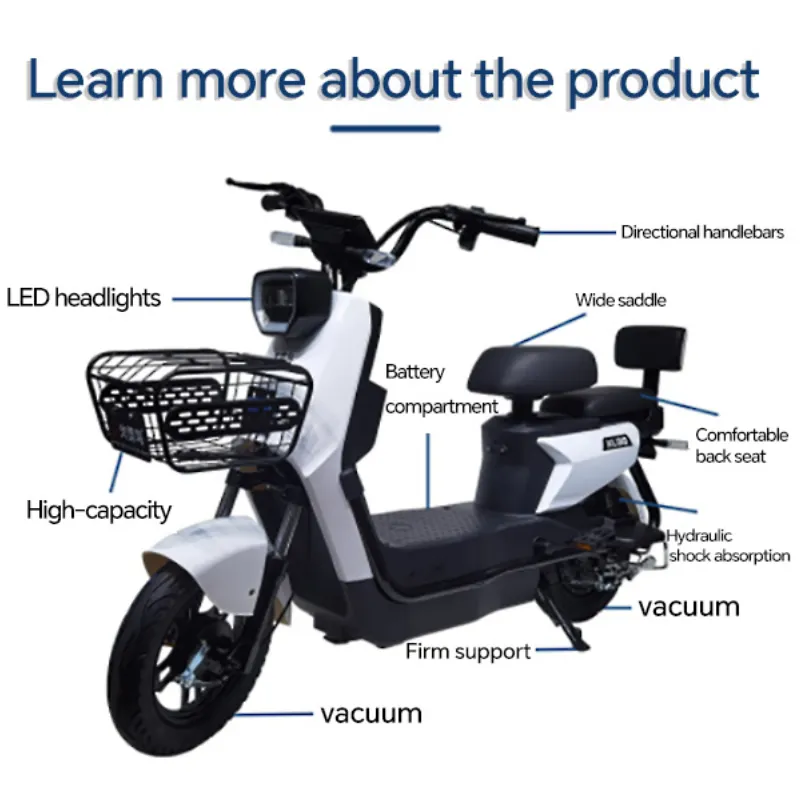
- Afrikaans
- Albanian
- Amharic
- Arabic
- Armenian
- Azerbaijani
- Basque
- Belarusian
- Bengali
- Bosnian
- Bulgarian
- Catalan
- Cebuano
- Corsican
- Croatian
- Czech
- Danish
- Dutch
- English
- Esperanto
- Estonian
- Finnish
- French
- Frisian
- Galician
- Georgian
- German
- Greek
- Gujarati
- Haitian Creole
- hausa
- hawaiian
- Hebrew
- Hindi
- Miao
- Hungarian
- Icelandic
- igbo
- Indonesian
- irish
- Italian
- Japanese
- Javanese
- Kannada
- kazakh
- Khmer
- Rwandese
- Korean
- Kurdish
- Kyrgyz
- Lao
- Latin
- Latvian
- Lithuanian
- Luxembourgish
- Macedonian
- Malgashi
- Malay
- Malayalam
- Maltese
- Maori
- Marathi
- Mongolian
- Myanmar
- Nepali
- Norwegian
- Norwegian
- Occitan
- Pashto
- Persian
- Polish
- Portuguese
- Punjabi
- Romanian
- Russian
- Samoan
- Scottish Gaelic
- Serbian
- Sesotho
- Shona
- Sindhi
- Sinhala
- Slovak
- Slovenian
- Somali
- Spanish
- Sundanese
- Swahili
- Swedish
- Tagalog
- Tajik
- Tamil
- Tatar
- Telugu
- Thai
- Turkish
- Turkmen
- Ukrainian
- Urdu
- Uighur
- Uzbek
- Vietnamese
- Welsh
- Bantu
- Yiddish
- Yoruba
- Zulu
Nov . 12, 2024 13:05 Back to list
e bicycle price
The Growing Market of E-Bicycles An Exploration of Prices
In recent years, the e-bicycle market has witnessed remarkable growth, driven by a combination of environmental concerns, urban congestion, and the increasing need for sustainable transportation solutions. E-bicycles, or electric bicycles, integrate traditional cycling with electric power to ease the effort of pedaling, making them an appealing option for commuting and recreational activities. As demand for e-bicycles rises, understanding their pricing structure becomes essential for potential buyers and stakeholders in the industry.
The Growing Market of E-Bicycles An Exploration of Prices
On the opposite end of the spectrum, budget-conscious consumers can find entry-level e-bicycles ranging from $800 to $1,500. These models typically offer basic functionalities and are suitable for casual riders or those who are new to electric biking. Companies like Rad Power Bikes and Ancheer specialize in providing affordable options, making it easier for the average consumer to embrace e-biking without breaking the bank. While these budget models may not boast the same level of durability or advanced features, they are often adequate for everyday commuting and recreational use.
e bicycle price

An essential factor influencing e-bicycle prices is the battery and motor quality. High-capacity lithium-ion batteries are crucial for providing adequate range and performance. A good battery can mean the difference between a reliable e-bike and one that requires frequent charging or has limited range. Prices for batteries can vary significantly, with high-capacity models increasing the overall cost of the bicycle. Similarly, the motor’s power output, typically measured in watts, affects the e-bike's performance and price. More powerful motors allow for higher speeds and better hill-climbing capabilities, thus commanding higher prices.
Moreover, regional factors and local demand can impact prices. For example, urban areas with high traffic congestion may see increased e-bike adoption, leading to a surge in demand and potentially driving up prices. Additionally, government incentives and subsidies aimed at promoting eco-friendly transport could influence purchase prices. Many countries and municipalities offer tax credits or rebates to encourage the adoption of electric vehicles, including e-bicycles, which can lower the effective cost for consumers.
Finally, as the technology continues to evolve, we can expect the landscape of e-bicycle pricing to adapt. Innovations in battery efficiency, motor design, and manufacturing processes could lead to more options at various price points. As economies of scale come into play, the future may well see a decrease in e-bicycle prices, making them more accessible to a broader audience.
In conclusion, the price of e-bicycles is influenced by several factors, including component quality, motor performance, and regional demand. With a wide range of options available, consumers can select an e-bicycle that fits their lifestyle and budget. As the trend towards sustainable transportation continues to grow, the e-bicycle market is poised for exciting developments, making it an excellent investment for those seeking eco-friendly alternatives for travel.
-
The Ultimate Kids' Four-Wheeler Experience
NewsJul.09,2025
-
The Ultimate Guide to Mountain Bikes: Gear Up for Your Ride
NewsJul.09,2025
-
The New Age of Cycling: Electric Bikes for Every Rider
NewsJul.09,2025
-
The Best Kids Bicycles: Ride in Style and Safety
NewsJul.09,2025
-
The Best 3-Wheel Scooters for Kids: Fun, Safety, and Adventure
NewsJul.09,2025
-
Revolutionize Your Ride: Affordable Electric Bikes
NewsJul.09,2025
-
Finding the Perfect Mountain Bike for Every Rider
NewsJul.09,2025



